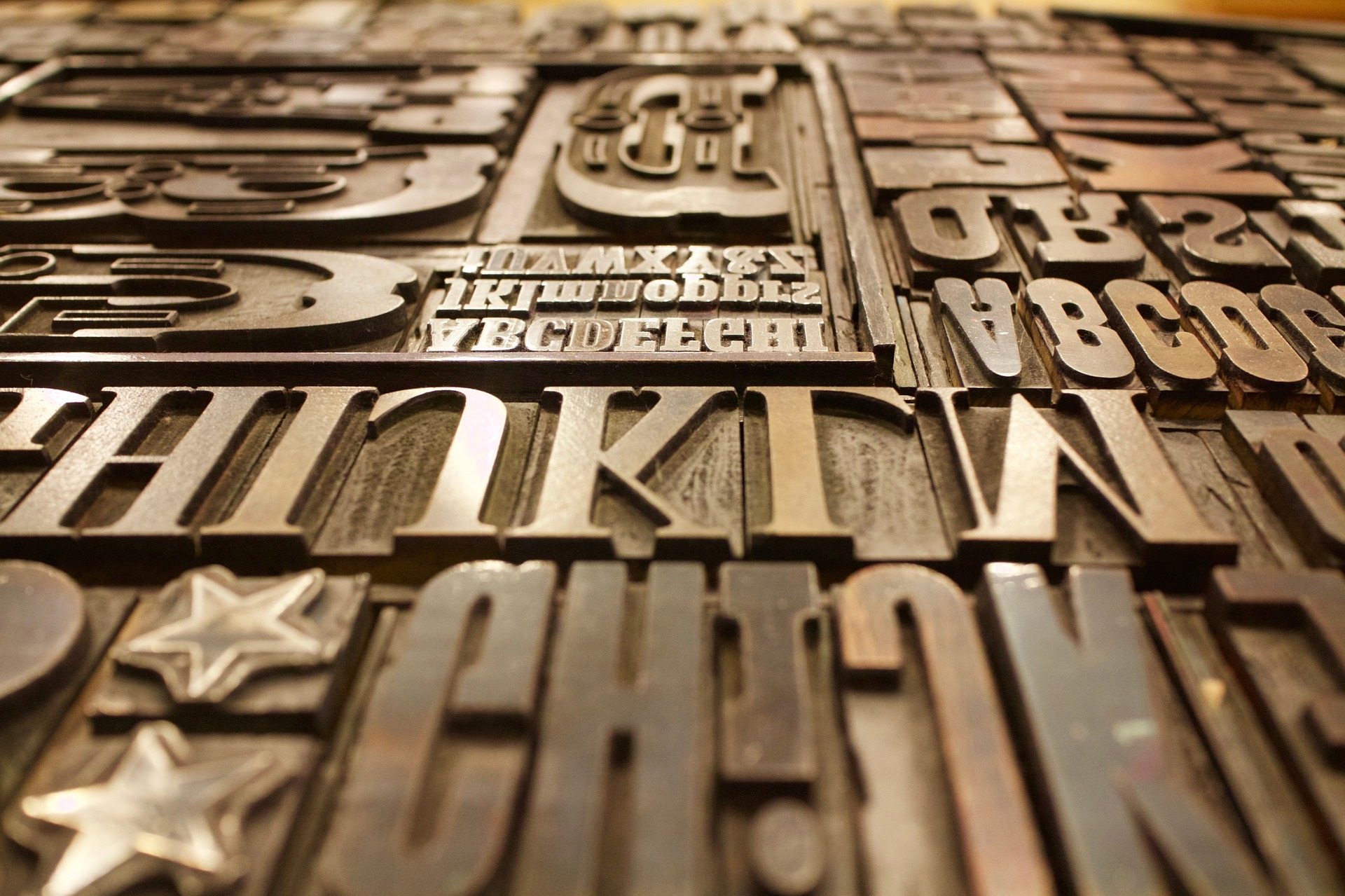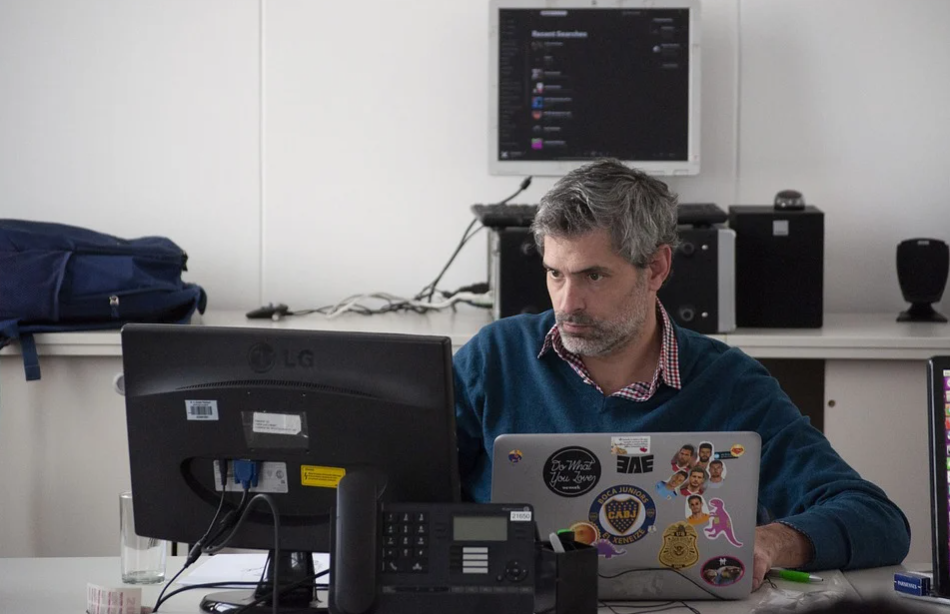Typography is the strategic use and manipulation of stylistic lettering to convey aesthetics and ideas. It is the art and science of forming words. Typography has basic letterform, glyphs, size, color, and letter accents as its parts, as well as extension, juxtaposition, and condensation of lettering. Check out the designer-daily.com site for typography designing tips.
Typography gave distinction to types of metals as calligraphy gave personality to handwriting. Nowadays, it includes digital fonts created by computer software and metal types from printing machines. Typography is not a robotic process despite it being done by printing systems. New smart ways of using letters and fonts are created every day, making typography a continuously changing art form.
Studying Typography
Many artists see typography as a career, and people decide to study programs related to typography. Many universities, colleges, and design schools offer Bachelor of Arts and Master of Arts degrees in typography, and credentials from typography are useful for trades ranging to marketing executives and to graphic designers.
Typography Careers
 Typography has careers in marketing, design, display, and advertising. Transforming letters allows advertisers to be customized for different purposes and audiences. Manufacturers can seduce clients to buy products with pleasing types in beautiful colors. Companies can superimpose type over or merge with universal symbols such as doves, snakes, peace signs, or other icons.
Typography has careers in marketing, design, display, and advertising. Transforming letters allows advertisers to be customized for different purposes and audiences. Manufacturers can seduce clients to buy products with pleasing types in beautiful colors. Companies can superimpose type over or merge with universal symbols such as doves, snakes, peace signs, or other icons.
Organizations and businesses take pride in having associations with specific fonts, logos, and letterforms. The selections become a part of their brands. Typography is so closely associated with branding, that many people can recognize a product of a specific company when styles of lettering are distinguished.
Branding is handled by sales and marketing departments, most of which provide guidelines for what points, colors, and fonts designers are allowed to be used on logos, letterheads, buildings, and signages. Even universities and colleges have distinct rules on how their school names appear on caps, buildings, billboards, sweatshirts, and other souvenirs. These codes of conduct ensure on what businesses and colleges refer to their “visual identity.”
Conclusion
Typography is essential in architectural, signage, and environmental designs, and dimensional letters present the uniqueness of the organization and about their building. It serves as their signature, and their identity to the people and skilled designers should be used for spacing, balance, and font selection of text for businesses and advertisements. Careers are abundant for graduates of degrees from typography, and in the digital age of advertising, professionals are for sure to be in more demand.




